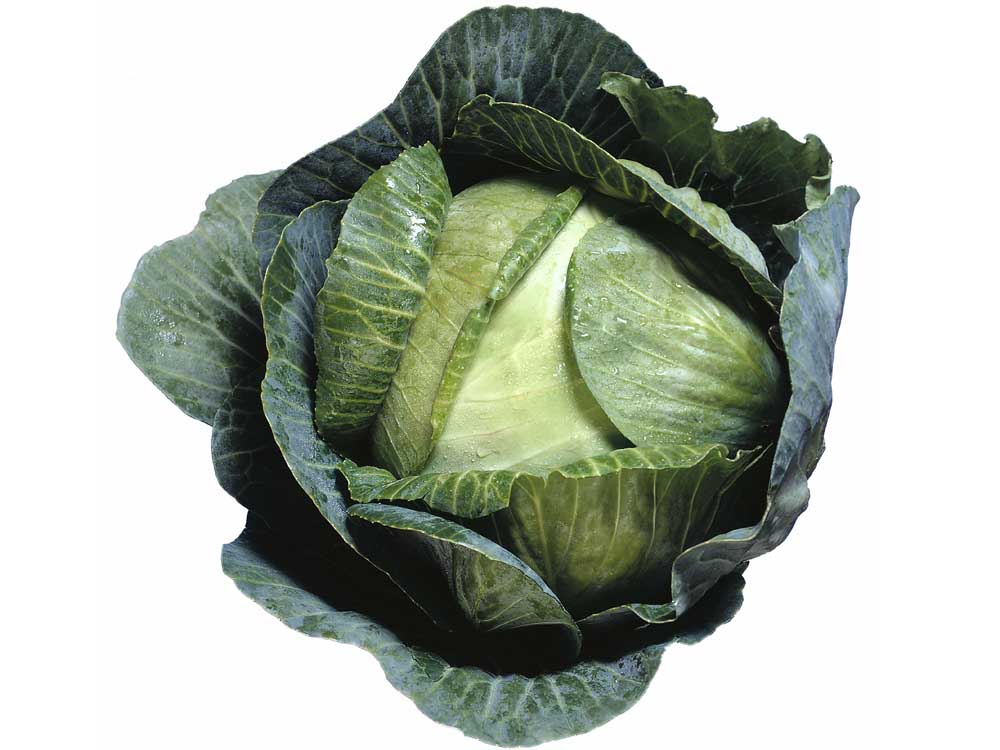National Garden Bureau’s edible crop pick: cabbage and cousins
Published 2:18 pm Thursday, February 2, 2017

- (Thinkstock photo)
The white of the snow is a reality. The bright color and fresh flavor of the vegetable family, Brassica, is but a vision (at least for a few more months).
The National Garden Bureau declared 2017: The Year of the Brassica as the vegetable/edible crop of its Year of program.
Think green vegetable and you’ve identified the Brassica family also known as cole crops. Brassica provides plenty of vitamin C and soluble fiber plus healthy doses of glucosinolates, a compound that helps reduce the risk of various cancers of the digestive tract.
According to the fact sheet provided by the Bureau, most members of our garden Brassicas are all members of the same species: Brassica oleracea. Simple and natural mutations lead to their development of large leaves in kale and collards, while other mutations lead to the development of heads in cabbage, arrested flower development in broccoli and cauliflower, or prolific development of axillary buds in Brussels sprouts. Other members of the Brassica family include Chinese cabbage, radish, kohlrabi (swollen stem), Brussels sprouts, rutabaga and turnip.
Cabbage isn’t just grandma’s coleslaw cabbage anymore. Cabbage comes in many forms and colors: white, green, red, round, flat, pointed, savoyed and Chinese.
Early spring and summer types are attractive to the consumer as they have small heads (no waste) and can be eaten raw or just lightly cooked. For coleslaw, cabbage needs enough texture to hold up to dressings and marinades and not get soggy. And, for soups and stews, cabbage that retains its texture and does not turn to mush after simmering for a while is desired.
As a cook and gardener it is helpful to be aware of the kinds of cabbages you grow to get the results you want. Seed catalogs generally will suggest uses for the listed varieties.
Early spring types are juicy and tender; best used for fresh salads.
Summer round types are thicker and harder; best used for coleslaw, salads and cooking.
Summer pointed types are soft and tender; best used for fresh salads or grilled.
Summer flat types are thin and crunchy; best used for sandwich wraps, rolls and stir-fries.
Summer savoy types are crinkled and light; best used for stir-fries, steamed or in soups. Savoy cabbage is best eaten cooked. It develops a lovely sweetness and brilliant fresh color after steaming for just a few minutes.
Toss the steamed savoy with some milk and sprinkle with some nutmeg — you will have a whole new appreciation for Savoy cabbage.
Winter/storage types are thicker and firmer; best used for coleslaw, soups and stews. Storage types can be kept in the refrigerator or root cellar for long periods of time and eaten during the winter months. It is usually the preferred cabbage for making sauerkraut.
Chinese/Napa are barrel-shaped and either green or yellow on the inside and usually have a green exterior. They are best eaten raw or lightly cooked.
Pak choi, also known as bok choy is closely related to the Chinese/Napa cabbage but has a very different appearance. The stems are thick and juicy and grow upright like celery. Both the stem and leaves can be chopped for use in stir-fries or salads.
Cauliflower has taken on a new popularity over the past few years with the introduction of exotic colors, shapes and culinary uses. Cooked white cauliflower has become popular as replacement for potatoes or flour in many recipes (like mashed potatoes or pizza crust).
White types are most often self-blanching, meaning that the inner leaves cover the curds and protect them from the sun. If not self-blanching, the large outer leaves are usually gathered and tied to protect the curds.
Romanesco types are a special type of green cauliflower. The head is a collection of spiraled florets and will be a great way to teach your kids about the Fibonacci numbers (math during dinner!). Romanesco is great for roasting. It is a bit drier than regular cauliflower.
Novelty types of cauliflower are fun for the garden. Never fear the purple or orange varieties that have similar flavor but add an unexpected pop of color to a veggie tray.
Broccoli has gained a new popularity in julienned broccoli stems labeled as broccoli slaw in the markets. The peeled stalk has very good flavor and texture and is an added way to get more nutrition from the plant.
Kohlrabi isn’t the most popular veggie on the block, but once you grow it you will look forward to it each year. I grew up with it in Wisconsin, where it was common to eat it like an apple (with salt shaker in hand). The trick to a tender, tasty kohlrabi is to pull the entire plant when the bulb, which grows above ground, is slightly smaller than a tennis ball. Slice off the root and remove the cabbage-like leaves. When cooked it tastes like a sweet-flavored turnip. It can be shredded and added to a salad or sliced and added to a veggie tray along with a tasty dip.
— Reporter: douville@bendbroadband.com






